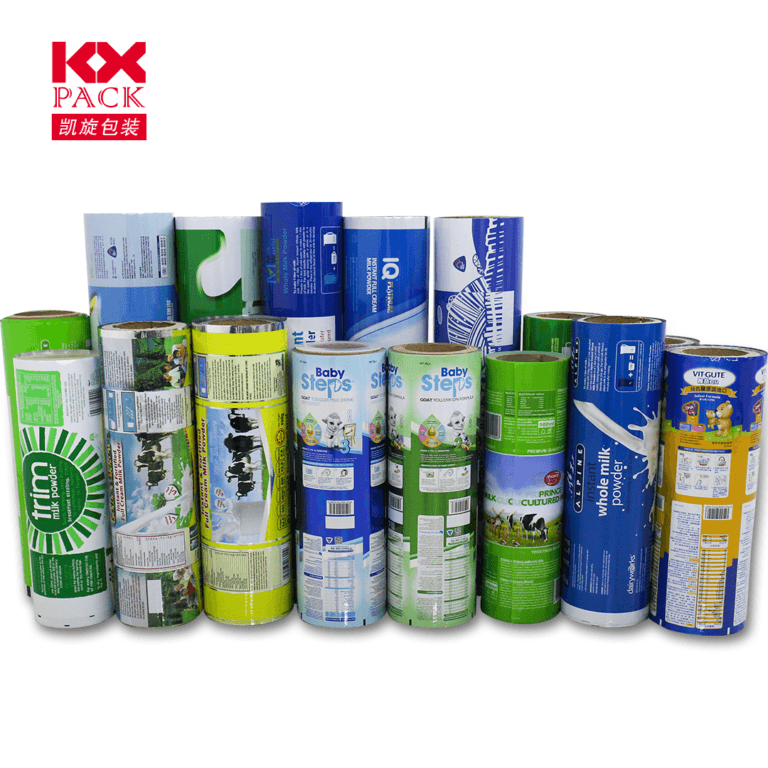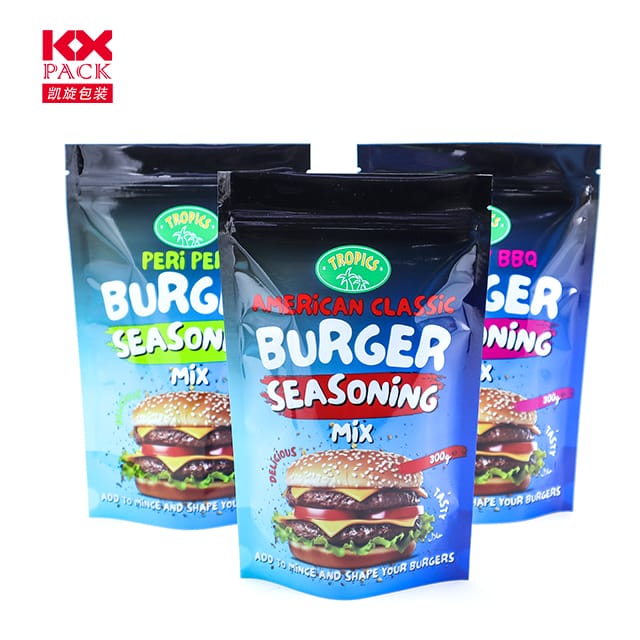Бъдещето на опазването на храната: Как гъвкавите филми за опаковане на храни революционизират индустрията
Flexible Food Packaging Films
В епоха, в която устойчивостта, безопасност на храните, и удобството са от първостепенно значение, Flexible Food Packaging Films have emerged as a game-changer for the global food and beverage industry. Тези леки, Адаптивните материали предефинират как са защитени продуктите, представен, и запазени - от фермата до масата. Let’s explore the innovations driving this trend and why they’re critical for modern consumers and manufacturers.
Why Flexible Food Packaging Films? The Core Advantages
- Barrier Protection, Удължен срок на годност
Flexible Food Packaging Films are engineered with multi-layer structures that create impermeable barriers against oxygen, влага, светлина, и замърсители. Например, PVDC-coated films или metallized PET layers can reduce oxygen transmission by up to 99%, preserving freshness and flavor in snacks, Меса, и млечни продукти. Studies suggest that advanced packaging could cut global food waste by 30% by 2030—a critical step toward sustainability. - Lightweight and Eco-Friendly
Compared to rigid packaging (e.g., glass jars or metal cans), Flexible Food Packaging Films използване 70% less material by weight, lowering transportation emissions and storage costs. Иновации като biodegradable PLA films и recyclable PE/PP blends are further reducing plastic’s environmental footprint, aligning with global zero-waste goals. - Customization and Versatility
From Стендъп торбички for pet food to retort-ready bags for ready-to-eat meals, flexible films adapt to any product shape or size. Brands can leverage digital printing for vibrant, on-demand packaging designs, enhancing shelf appeal and brand storytelling.
Key Innovations Shaping the Market
- Smart Films for Enhanced Safety
Модерен Flexible Food Packaging Films incorporates anti-fog coatings (for clear visibility in refrigerated sections), self-venting technologies (for microwave-safe meals), и UV-blocking layers (to protect light-sensitive products like oils or supplements). Например, Bopp Films with low seal initiation temperatures (SIT) boost production efficiency by 20% for snack manufacturers. - Sustainability-Driven Materials
The market is shifting toward compostable films (e.g., corn-starch-based PLA) и post-consumer recycled (PCR) content. Компании харесват Glenroy и Winpak are pioneering mono-material structures (e.g., All-Pe торби) За опростяване на рециклирането. от 2028, the global flexible packaging market is projected to reach $341.6 billion, fueled by eco-conscious demand. - Advanced Adhesives and Sealing
Нов solvent-free laminations и high-performance sealants ensure leak-proof packaging even for liquid products like soups or sauces. These innovations also reduce production waste and energy use.
Приложения в индустриите
- Прясна продукция: Breathable films with modified atmosphere packaging (Карта) extend the shelf life of berries and leafy greens by 2–3 times.
- Ready-to-Eat Meals: Retort pouches withstand high-temperature sterilization, eliminating preservatives while maintaining texture and taste.
- Фармацевтични продукти: Child-resistant, moisture-barrier films ensure safe storage of pills and supplements.
- Козметика: Flexible tubes and sachets offer precise dispensing and protection from contamination.
Пътят напред: Trends for 2025 and Beyond
- Circular Economy Integration
Brands are adopting closed-loop systems, where used packaging is collected, рециклиран, and repurposed into new films. Partnerships between manufacturers and recycling firms will be key to scaling this model. - Active and Intelligent Packaging
Imagine films that change color when food spoils or release natural preservatives over time. Early prototypes using Индикатори за времева температура (Татко) и кислородни чистачи are already in testing. - Спазване на регулаторното спазване
As governments tighten rules on single-use plastics, flexible films must meet FDA and EU food-contact standards while minimizing chemical migration. Transparent supply chains and material traceability will become non-negotiable.
Заключение: Гъвкаво бъдеще
Flexible food packaging films are no longer just a cost-effective alternative—they’re a strategic imperative for brands aiming to thrive in a competitive, sustainability-focused market. By combining cutting-edge materials with smart design, these solutions address today’s challenges while paving the way for a safer, greener tomorrow.
Ready to upgrade your packaging strategy? Explore how flexible films can transform your product’s performance, устойчивост, and consumer appeal. The future of food preservation is flexible—and it’s here to stay. 🌱✨
References: Flexible Packaging Association, Global Market Insights, PennPac, TedPack







